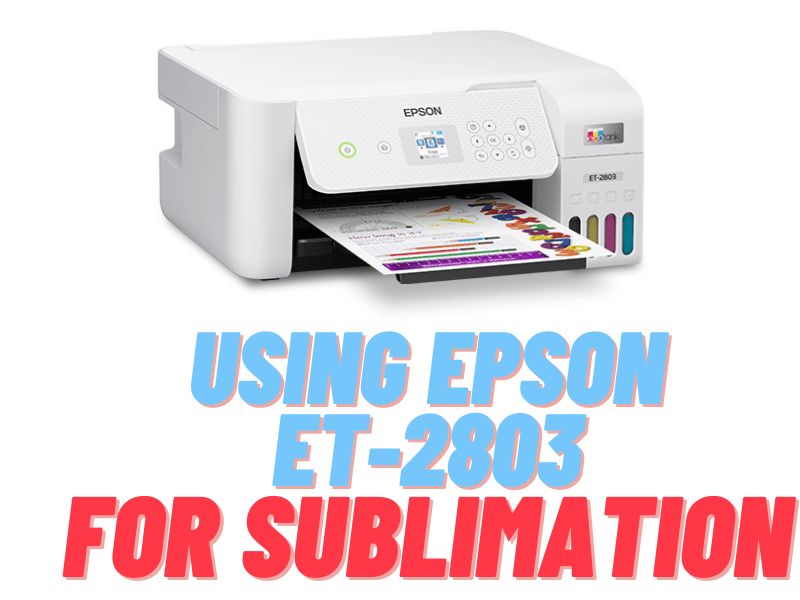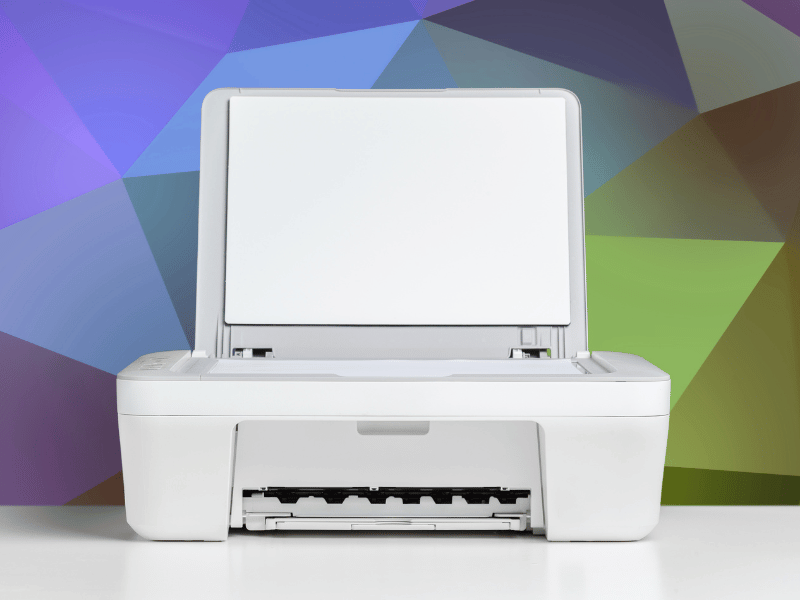Dye sublimation printers are in demand due to the high quality of sharp, clear print images that can be produced from the printer at home. Their images are of equal or greater quality than prints produced in photo labs.
Dye sublimation printers are slightly more expensive to purchase and operate, as they require a special print paper to ensure the highest quality of image output.

1. Basic Terms:
“Sublimation” is the process of changing the ink from a solid form into a gas vapor and then back into the solid ink form again. The word “dye” refers to forcing color to be permanently transferred onto paper.
The term “thermal dye transfer printing” is synonymous with dye sublimation printing.
Printed images produced with dye-sublimation printers are not constructed of pixel dots, but rather display “continuous tone” images of overlaid, differing dye colors.
2. Types:
Although there are a variety of dye sublimation printer manufacturers and models available, the full-sized, full-featured models have generally not been cost effective for home use. There are smaller, specialized dye sublimation printers called snapshot printers that are more economical and are used specifically for printing pictures.
3. Technique:
Dye sublimation or thermal dye transfer printing techniques use the CMYK (cyan, magenta, yellow, black) system of color printing. These printers use special page-sized rolls of plastic film that is heat sensitive and embedded with each color of ink, and a print head containing thousands of heating elements.
The print head controls the precise temperature of the ink as it moves across the film; this then causes the dyes to vaporize. The dyes then return to their liquid form as they saturate into specially coated polymer paper before cooling. One pass per page of the print is usually required; however, some printers also use a special finishing process to apply a protective coating to the page.
4. Uses:
Dye sublimation printers are primarily used in businesses where the sharpness and fine detail of the image are more important than the cost. Businesses such as photo printing, scientific and medical imaging, and high-end desktop publishing use dye sublimation printers. Large corporations use dye sublimation printers for security ID badge printing
The benefits of using dye-sublimation printers can be summed up in the phrase “You get what you pay for.” These printers are well worth the cost if you need printed photographic output that has fine detail and sharp clear quality. See Resources for more information on dye-sublimation printers.




